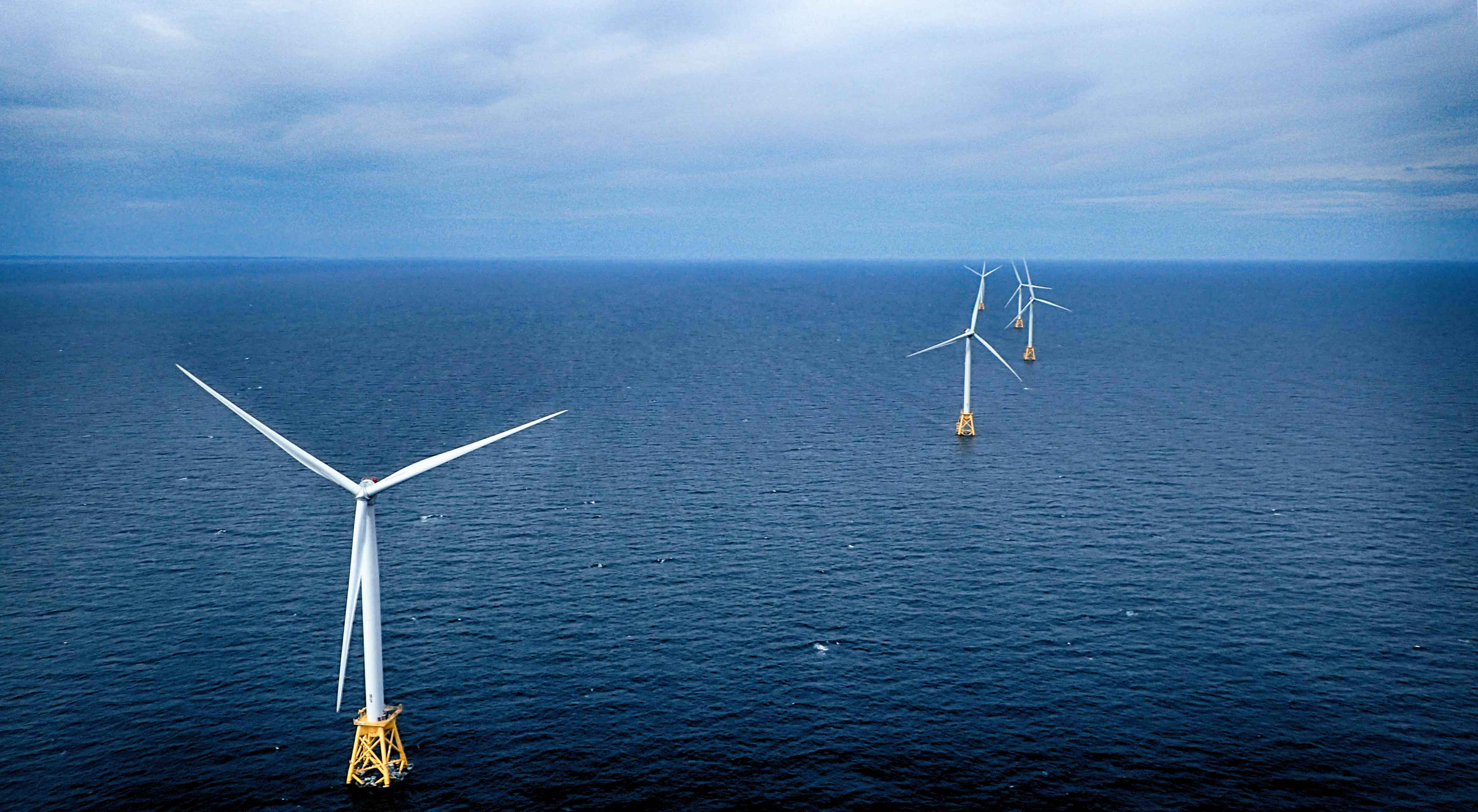
The West Coast of the U.S. has virtually unlimited potential for wind power. That potential is totally untapped however. Geographic limitations – such as deep waters immediately offshore – have prevented the installation of wind farms in coastal areas.
California is finally prepared to confront the challenge. Governor Jerry Brown is working with the federal government and the U.S. Navy to make offshore wind projects a reality.
Although early in development, wind power proposals are moving ahead rapidly. The state, federal and military representatives have prepared a tentative map of suitable areas for wind farms. The U.S. Navy has recommended a large portion of the southern California off-limits, according to the San Diego Union-Tribune. The prohibited area would extend from San Diego to Los Angeles, to just south of the Monterey Bay. The Navy’s suggestion is non-binding and no final plans have been made.
Installing wind turbines in the Pacific presents a host of difficulties. The seabed immediately offshore is much shallower on the Atlantic coast. Wind turbines-in the Atlantic like those installed near Block Island, Rhode Island – are bolted down to the seabed. As mentioned above, however, the Pacific is much deeper near the California coastline. Wind turbines must be floated. They would have to be moored to the seabed by long cables.
Large-scale, floating wind farms are seldom even attempted.
Despite the difficulties, California is determined to push forward. It recently signed a Memorandum of Understanding with Denmark. Denmark will provide technical assistance, such as data and information from its own offshore wind farms.
A similar Memorandum was previously signed with Scotland. Statoil built the world’s first commercial-scale floating wind farm in Scotland. The Hywind Scotland project produces 20 MW. Cables bolted to the seabed run 262 feet to the turbine base. The floating turbines then rise 859 feet above the water. The Scottish project was a technologic and economic success. Stateoil now hopes to repeat its success in California.
California wants to achieve energy self-sufficiency. Wind power will be a key contributor to the renewable-energy mix. Scientists estimate offshore wind power can generate a terawatt of energy. That is 10 times greater than the entire amount of wind power currently generated in the U.S.
The crazy part is that there is WAY more energy in the waves than in the wind.
Unfortunately, wave energy research has been severely sabotaged and delayed. We will probably need to wait until the other alternative energy sources (wind, solar, fusion, etc.) finally eclipse coal and oil, for real wave energy to be allowed to be built.
At that point, however, they will just dust-off the crazy alternative energy tech they’ve kept in black projects for all these years. There are 5,000+ energy patents that have been shelved for ‘national security.’ Once oil is eclipsed there will no longer be any reason to hide all the energy tech.
It’s coming. Pretty soon these wind turbines will be obsolete... But they are doing their part in forcing the shift, so it’s definitely not for nothing.
Downvoting a post can decrease pending rewards and make it less visible. Common reasons:
Submit